Well I’ll be; who knew?
The Royal Entomological Society, that’s who.
I am sad they only do even years – the next National Insect Week is in 2010
But they continue to host competitions like Close Encounters:
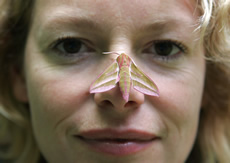
…and to offer loads of information on the National Insect Week web site.
There’s some great contextual material on insects as pollution indicators, on insect-friendly gardens, and on participating in insect surveys.
Seriously playful, and clearly in a long line of enthusiastic amateur naturalists. Here are some links –
The Royal Entomological Society hosts events, conferences, and publishes pamphlets + books like this one:
“A Year in the Lives of British Ladybirds,”
Iconically coloured, friends to farmers and gardeners alike, and named
after The Virgin Mary, Ladybirds are undoubtedly the most popular of all
the beetles…Written by three hugely experienced ‘ladybirders’, the book provides
instructions of how, when and where to find different species of ladybird,
how to identify the adults, and facilitates involvement in current research
projects on ladybirds. Excitingly, the book sets out ways in which readers
can contribute to national surveys of ladybirds, initiated as a result of the
recent arrival of the invasive alien harlequin ladybird in 2004.

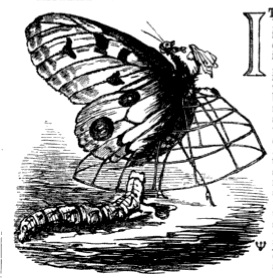
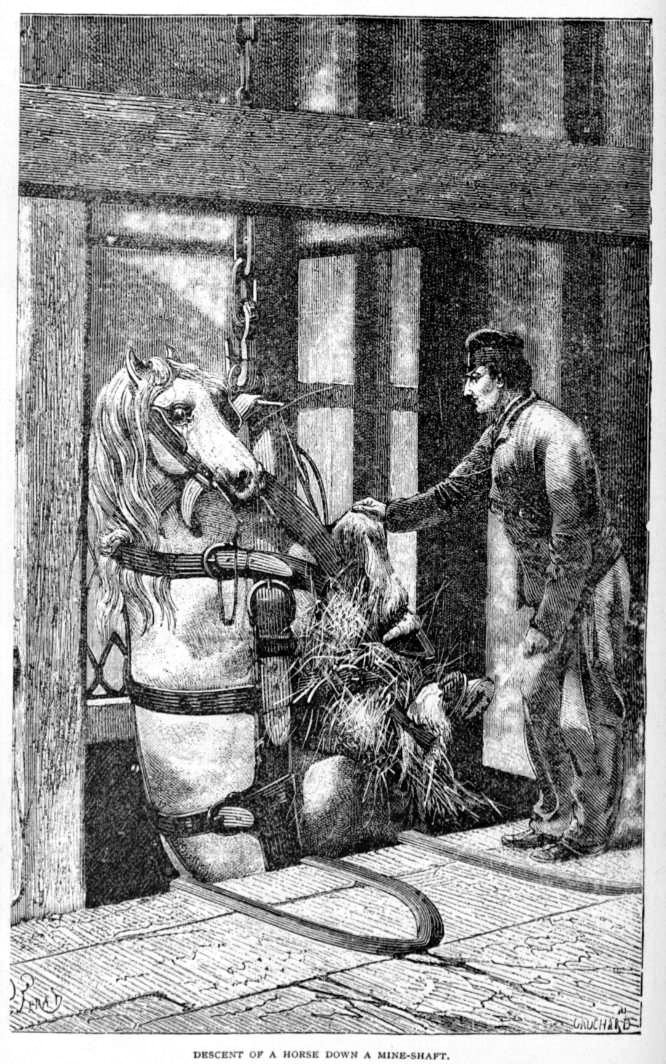


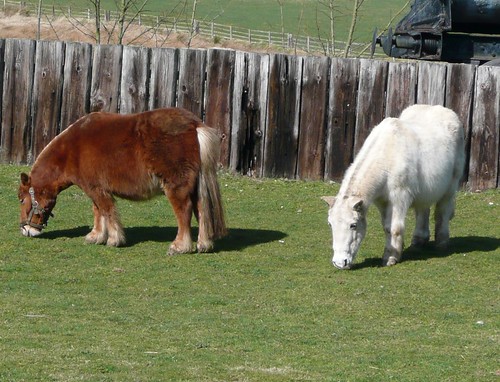

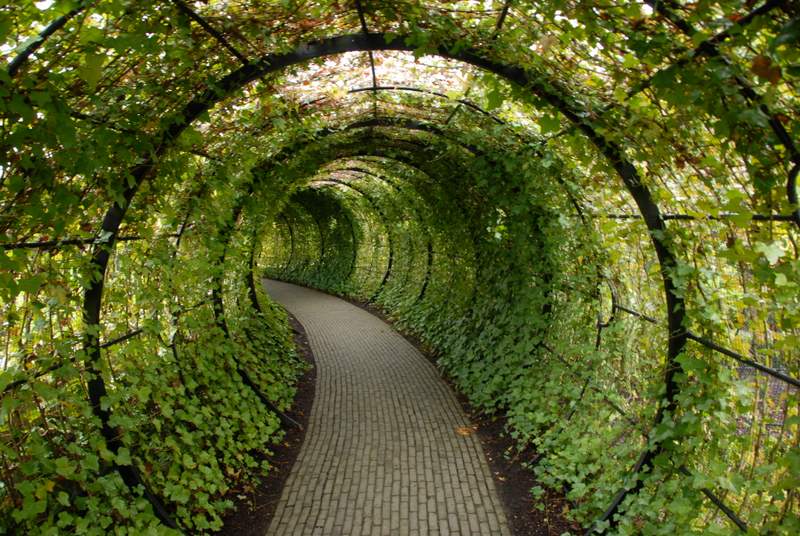


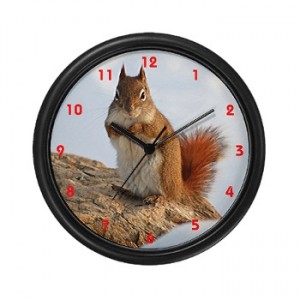
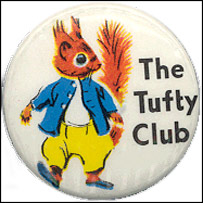 Friend Richard O’Flynn (whom I will ask for a close reading) alerted me to the
Friend Richard O’Flynn (whom I will ask for a close reading) alerted me to the 